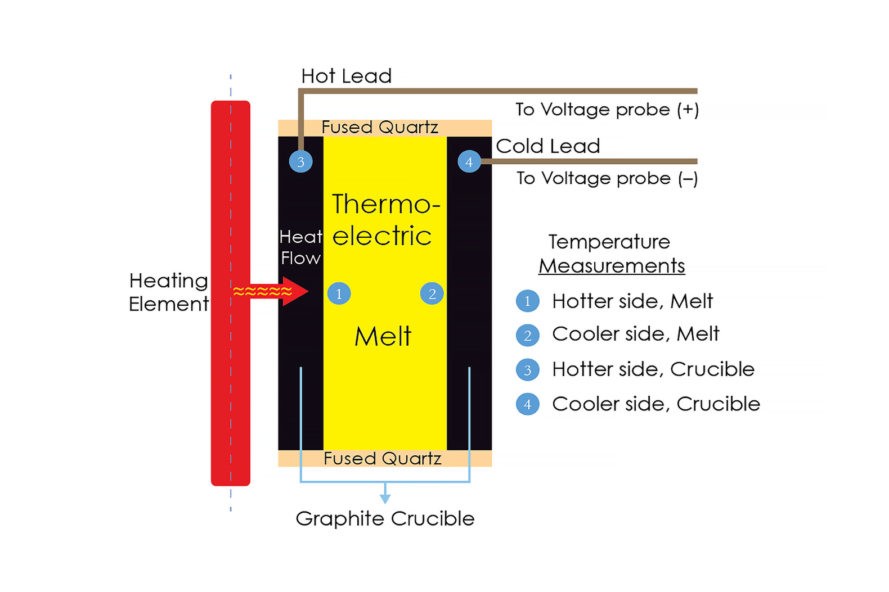Waste heat isn’t always easy to capture and those few devices that do manage it are either ridiculously expensive or don’t work when they’re needed to (at really high temperatures). However, a team of researchers from Massachusetts Institute of Technology (MIT) may have just come up with the answer. It comes in the form of a high-temperature liquid thermoelectric device that can convert waste heat into energy and really could transform the world of energy as we know it.
Normally, to convert waste heat into electricity, solid-state thermoelectric devices are used, but they’re not very effective and are very expensive. On the other hand, this new device creates an affordable, more friendly solution for transforming waste heat into electricity. It also makes managing heat at high temperatures a possibility.

The device is made out of a compound of tin and sulfur, which is far cheaper than the solid-state bismuth telluride used in most thermoelectric devices. Also, bismuth telluride can only operate at temperatures of around 500 degrees Celsius, whereas the new device can withstand temperatures of between 950 and 1,074 degrees Celsius and still operate efficiently.
The trouble is that most glass or steel plants are unlikely to adopt the device just to be more green. However, assistant professor of metallurgy Antoine Allanore said their company may be interested. But, only if heat management would allow them to operate at even higher temperatures to increase productivity or prolong the life of their equipment.
More News to Read











